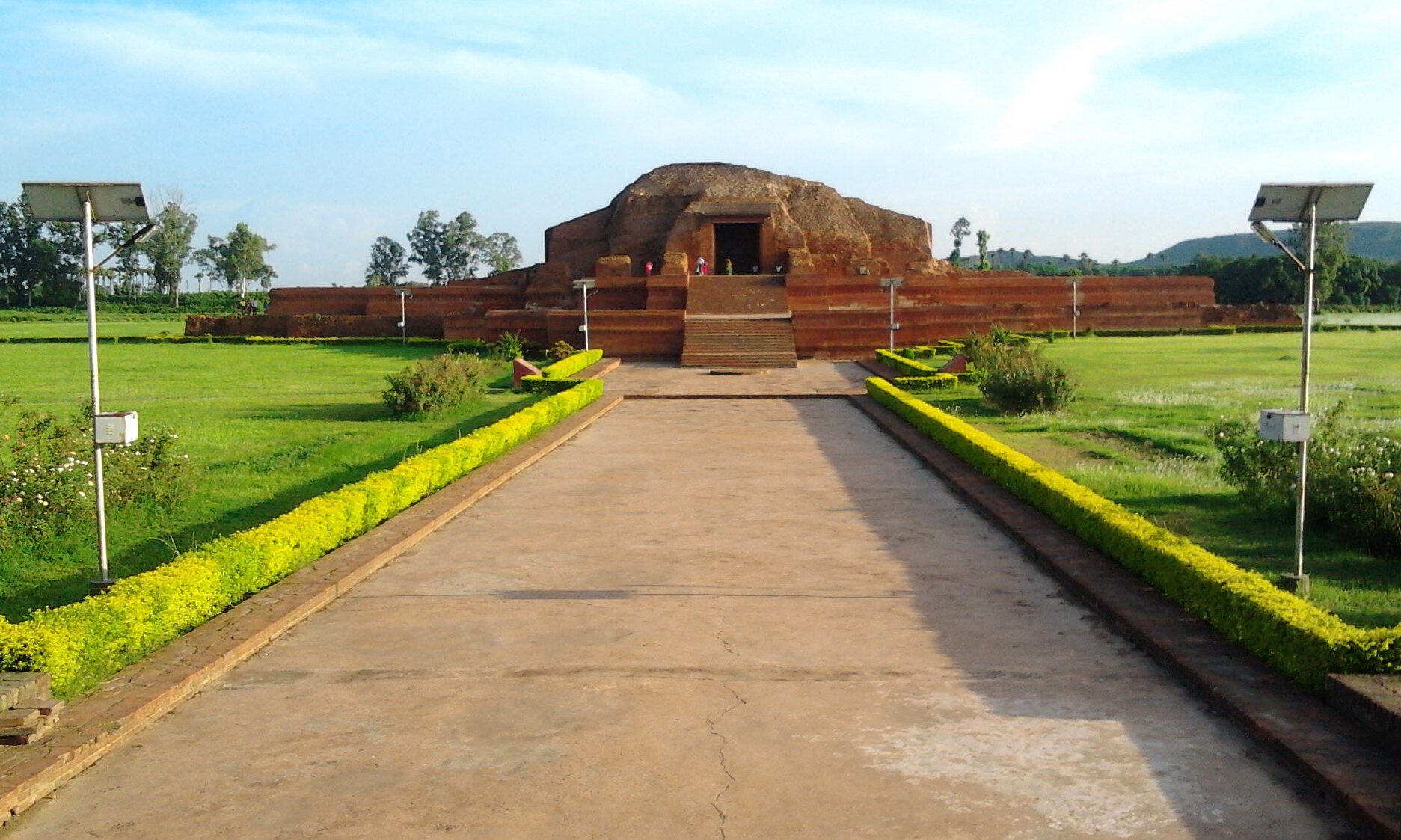अंगिका – कवि और लेखक (Angika – Writers, Poets & Authors)
कोनो साहित्यकार के बारे म s ज्यादा जानकारी आरो हुनका रचना पढै लेली हुनको नाम पर क्लिक करs
/*! elementor - v3.7.2 - 21-08-2022 */ .elementor-heading-title{padding:0;margin:0;line-height:1}.elementor-widget-heading .elementor-heading-title[class*=elementor-size-]>a{color:inherit;font-size:inherit;line-height:inherit}.elementor-widget-heading .elementor-heading-title.elementor-size-small{font-size:15px}.elementor-widget-heading .elementor-heading-title.elementor-size-medium{font-size:19px}.elementor-widget-heading .elementor-heading-title.elementor-size-large{font-size:29px}.elementor-widget-heading .elementor-heading-title.elementor-size-xl{font-size:39px}.elementor-widget-heading .elementor-heading-title.elementor-size-xxl{font-size:59px}A B Aabha PurveAbdush Shakoor AnsariAbhay Kumar BhartiAbhay SinghAbhaykant ChoudharyAcchutanand Choudhary LalAchal BhartiAchutanand Jha AnandAditya Prakash Singh AgyaniAjablal JhanviAjay Kumar BhartiAjay Kumar Suman AkelaAn…अंगिका – कवि और लेखक (Angika – Poets & Authors) – Post independence
अंगिका – कवि और लेखक (Angika – Poets & Authors) – Ancient Period
अंगिका – कवि और लेखक (Angika – Poets & Authors) – Overview
अंगिका साहित्य – प्राचीन साहित्य (Angika Sahitya – Prachin Sahitya)
अंगिका साहित्य – वर्तमान परिदृश्य (Angika Sahitya – Present Scenario)
भागलपुर (Bhagalpur – The Silk City)
Bhagalpur (STD Code: 0641), a town of historical importance in the state of Bihar in the eastern part of India is situated on the southern bank of the Ganga river. Situated 220 KM east of state capital Patna and 410 KM north west of Calcutta. 25.07°N - 25.30°N latitude and between 86.37°E - 87.30°E longitude.
/*! elementor - v3.7.2 - 21-08-2022 */ .elementor-widget-divider{--divider-border-style:none;--divider-border-width:1px;--divider-color:#2c2c2c;--divider-icon-size:20px;--divider-element-spacing:10px;--divider-pattern-height:24px;--divider-pattern-size:20px;--divider-pattern-url:none;--divider-pattern-repeat:repeat-x}.elementor-widget-divider .elementor-divider{display:-webkit-box;display:-ms-flexbox;display:flex}.elementor-widget-divider .elementor-divider__text{font-size:15px;line-height:1;max-width:95%}.elementor-widget-divider .elementor-divider__element{margin:0 var(--divider-element-spacing);-ms-flex-negative:0;flex-shrink:0}.elementor-widge…अंगिका भाषा (Angika – The Language of Anga)
अंग देश का इतिहास – नया राज्य (History of Ang Desh – The New State)
Throughout history, India has absorbed and modified to suit its needs, the best from all the civilizations with which it has come into contact. Once again the fledgling nation demonstrated the maturity and wisdom of its ancient traditions, and the truth of its claim that it was opposed, not to the people or the civilization of Britain and the West, only to its imperial domination. India chose to remain within the British Commonwealth of Nations. It also adopted the British system of Parliamentary Democracy, and retained the judicial, administrative, defence and educational structures and institutions set up by the British. India is today the largest and most populous democracy on earth, with universal adult suffrage.
The Indian Constitution, adopted when India became a Republic on January 26, 1950, safeguards all its people from all forms of discrimination on grounds of race, religion, creed or sex. It guarantees freedom of speech, expression an…


















